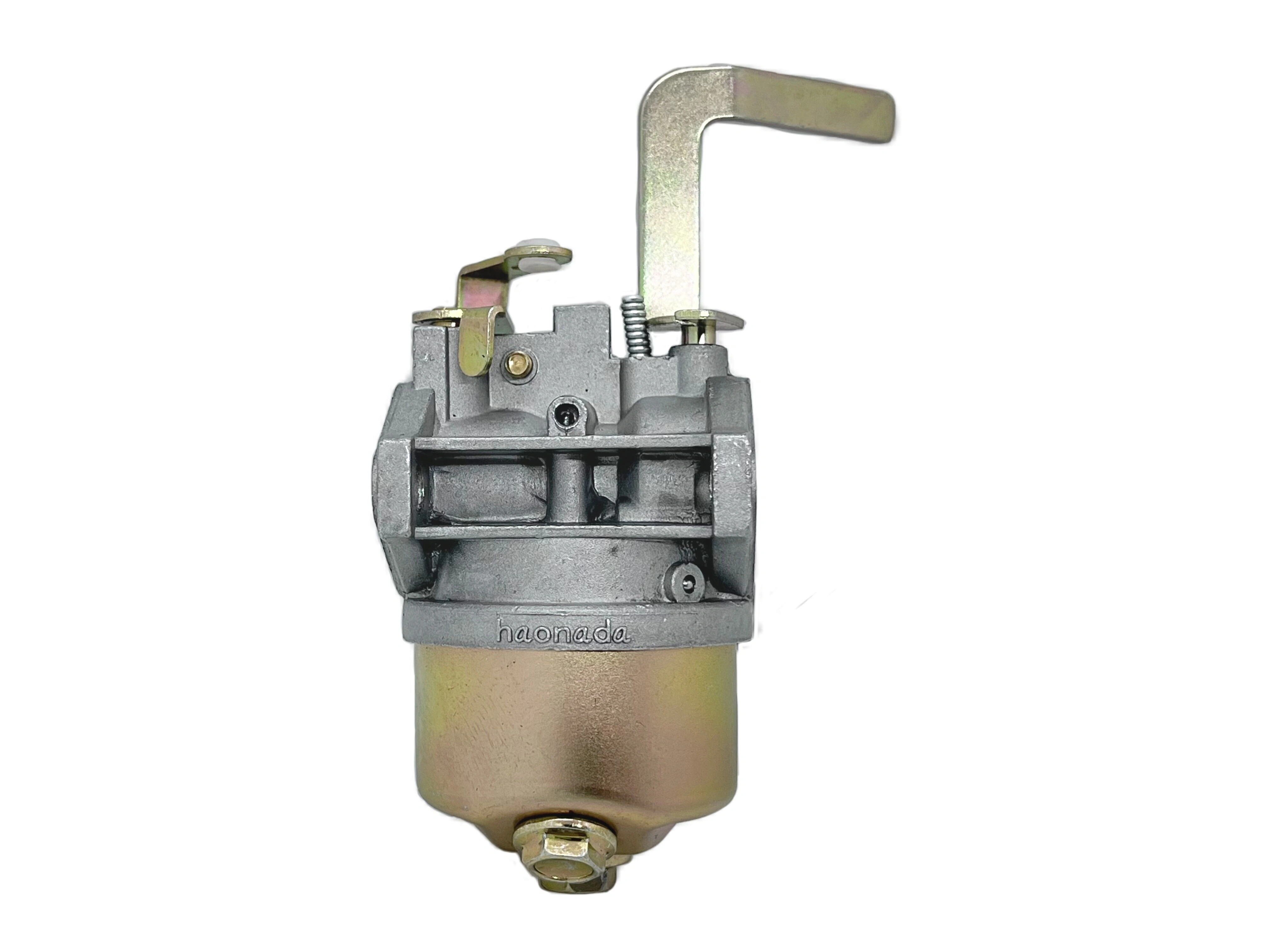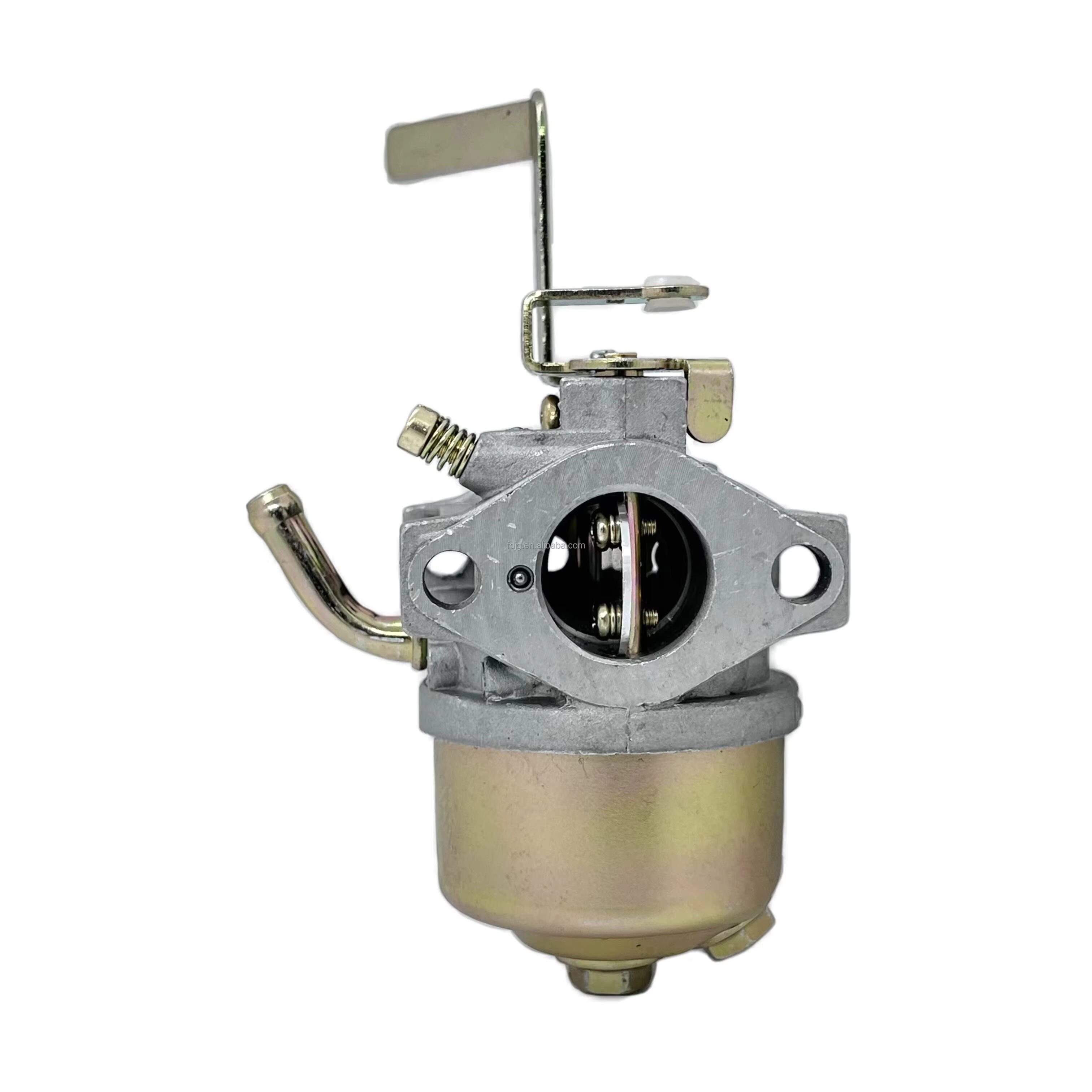Optimizing Engine Fuel Delivery for Maximum Output
When it comes to maximizing internal combustion engine performance, few components play a more critical role than the carburetor. The carburetor is responsible for blending the right amount of air and fuel, directly affecting combustion efficiency, power output, and engine reliability. In vehicles, power tools, generators, and motorbikes, a high-performance carburetor is a strategic upgrade that can significantly boost engine capability while maintaining stability under load.
As demand grows for fuel-efficient and responsive engines, choosing a properly designed carburetor has become increasingly relevant. Whether for off-road motorcycles or backup power systems, the function and quality of the carburetor determine how well the engine breathes and performs under varied conditions. More users now recognize the value of investing in durable and performance-tuned carburetors to extend engine life and deliver peak horsepower when needed.
Understanding How a Carburetor Affects Power
The Role of Air-Fuel Mixture in Engine Dynamics
In a combustion engine, the energy produced depends on how efficiently air and fuel are mixed and ignited. The carburetor controls this ratio, ensuring the mixture is neither too lean nor too rich. A lean mixture can lead to engine knocking or overheating, while a rich mixture wastes fuel and causes carbon deposits. A well-calibrated carburetor maintains this balance across a range of speeds and temperatures, delivering smoother acceleration and consistent performance.
High-quality carburetors feature more precise jetting, smoother throttle transitions, and advanced atomization. These design enhancements help fuel burn more completely, which not only improves torque but also reduces emissions. The result is a cleaner, more powerful, and more responsive engine—especially under load or at higher RPMs.
How Mechanical Tuning Influences Carburetor Effectiveness
Not all carburetors are created equal. Performance varies depending on internal bore size, venturi design, jet configuration, and throttle response. An oversized or poorly tuned carburetor can reduce low-end power, while an optimized model boosts acceleration and top-end speed. Fine-tuning idle screws, float height, and throttle linkage also helps achieve better performance.
Matching the right carburetor to engine displacement and intended usage is essential. A 50cc scooter benefits from a compact, efficient unit, while a 200cc dirt bike requires a high-flow model for aggressive riding. Those using generators or water pumps may need carburetors with stable performance during prolonged operation. A compatible and finely adjusted carburetor transforms how the engine responds to load, temperature, and throttle input.
Choosing the Right Carburetor for Performance Gains
Why Material Quality and Build Precision Matter
Carburetors constructed from corrosion-resistant alloys with tight manufacturing tolerances typically outperform cheaper alternatives. They resist vibration, wear, and fuel corrosion more effectively, which is especially important in engines exposed to moisture, variable temperatures, or ethanol-blended fuels. Durable components ensure long-term performance without frequent maintenance.
Precision-machined jets and needle valves in high-end carburetors reduce the chance of clogging and allow for more accurate fuel delivery. This consistency helps the engine maintain power even in harsh conditions. Users seeking reliable performance in generators or motorcycles during long trips benefit most from such design quality.
Customizability and Tuning Options for Power Users
Some carburetors offer adjustable air screws, multiple jet sizes, or replaceable needles to suit a range of engine configurations. These features are ideal for power users who ride or operate machinery in different altitudes or climates. Tuning flexibility allows them to maximize the air-fuel ratio at all times, which leads to better fuel economy and extended engine life.
For motorsports enthusiasts or DIY mechanics, having a carburetor that can be easily disassembled and cleaned is equally important. It encourages regular maintenance and ensures optimal performance even after long-term use. Whether optimizing for top speed, towing capacity, or engine longevity, adjustable carburetors provide the necessary control and reliability.

Practical Advantages in Real-World Applications
Improved Generator Efficiency and Load Stability
Generators rely on constant RPM to produce clean and stable electricity. A carburetor that can maintain a consistent air-fuel mix despite load variations ensures better voltage regulation and lower fuel consumption. In emergency or industrial settings, this translates to fewer performance drops and less downtime.
Carburetors built for generator use often include features such as solenoid-controlled fuel shutoffs or automatic chokes. These enhancements improve cold starts and prevent flooding, especially during irregular usage. With better carburetor design, users gain quieter, more efficient power delivery that meets modern energy demands.
Enhanced Throttle Response for Motorcycles and Small Engines
Riders looking for fast and predictable acceleration benefit from carburetors designed for performance. By improving fuel atomization and reducing intake turbulence, modern carburetors give engines a sharper throttle response and smoother power curve. Commuters and off-road riders alike appreciate how these benefits translate into better control and overall riding comfort.
In small engines like scooters or ATVs, performance-tuned carburetors allow riders to keep pace in traffic or navigate rough terrain without sudden drops in power. When paired with proper intake filters and exhaust tuning, these engines become more efficient and responsive even at low RPMs.
How Maintenance Supports Long-Term Power Output
Regular Cleaning and Inspection Prevents Performance Loss
Even the best carburetor can underperform if clogged with dirt, debris, or degraded fuel. Regular cleaning of jets, floats, and needles is essential to keep the air-fuel mixture consistent. Users should inspect gaskets, check for fuel leaks, and verify that throttle linkages move smoothly.
Using clean fuel and stabilizers, especially for seasonal equipment like generators, also helps extend carburetor life. Replacing worn-out diaphragms and O-rings during annual maintenance ensures the unit performs like new. These small steps protect against power dips and start-up issues.
Upgrading Components for Better Fuel Delivery
Over time, some engines may outgrow their stock carburetors—especially if other performance modifications are made. In such cases, upgrading to a high-performance carburetor ensures the engine can handle the increased air and fuel demand. Paired with a tuned exhaust and upgraded intake, this leads to more efficient combustion and greater power output.
Manufacturers often provide rebuild kits or performance upgrades compatible with existing carburetors. For those not ready to invest in a full engine swap, this is an affordable way to boost power and throttle response. Consistent tuning and component upgrades extend the useful life of the engine while maintaining a strong performance curve.
Exploring the Relationship Between Carburetor and Fuel Economy
Efficient Combustion Saves Fuel and Reduces Emissions
While a carburetor is known for power delivery, its influence on fuel efficiency is equally important. A well-tuned unit allows engines to operate closer to their stoichiometric air-fuel ratio, ensuring complete combustion with minimal waste. This efficiency reduces fuel costs and decreases unburned hydrocarbons released into the environment.
Fuel economy is a significant concern for long-distance riders and equipment operators. When the carburetor maintains a stable fuel mix under varied conditions, it allows users to get more usage per tank and reduces the frequency of refueling. This is particularly important in off-grid or remote applications where fuel access is limited.
Balancing Performance with Fuel Savings
There is often a trade-off between maximum power and fuel economy. However, with adjustable jets and custom tuning, users can strike a balance that suits their specific usage needs. For instance, a generator used overnight may prioritize fuel economy, while a racing bike may be tuned for acceleration.
Understanding how to adjust needle clips, pilot jets, and idle screws allows users to fine-tune this balance. With some experimentation and monitoring, even everyday users can extract better fuel mileage without sacrificing noticeable power. This efficiency-oriented approach adds long-term value to the engine system.
FAQ
What is the main function of a carburetor?
The primary function of a carburetor is to mix air and fuel in the correct ratio before combustion. This ensures the engine receives an optimal mixture for power, efficiency, and smooth operation.
How often should I clean or maintain my carburetor?
Carburetors should be inspected every 6 to 12 months, depending on usage. Regular cleaning of jets, bowls, and valves helps maintain consistent performance and prevents power loss.
Can upgrading my carburetor increase engine power?
Yes, installing a performance-tuned carburetor can improve throttle response, boost horsepower, and increase torque—especially when paired with other engine modifications.
Is a carburetor better than fuel injection?
Carburetors are simpler and easier to tune manually, making them ideal for small engines, motorcycles, and generators. However, fuel injection systems offer greater precision and efficiency in modern vehicles.
Table of Contents
- Optimizing Engine Fuel Delivery for Maximum Output
- Understanding How a Carburetor Affects Power
- Choosing the Right Carburetor for Performance Gains
- Practical Advantages in Real-World Applications
- How Maintenance Supports Long-Term Power Output
- Exploring the Relationship Between Carburetor and Fuel Economy
- FAQ

